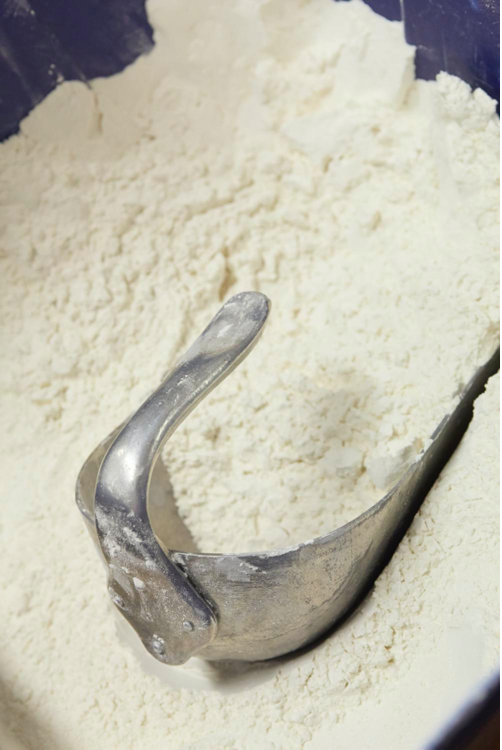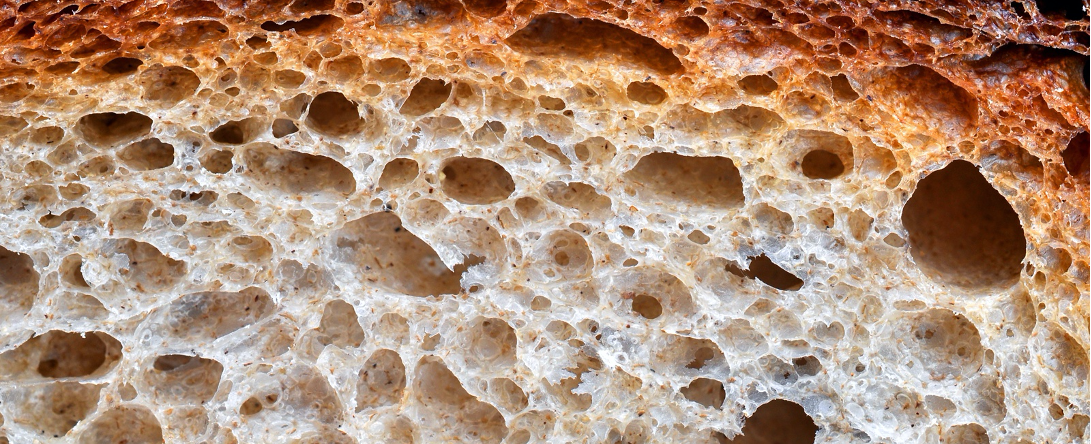Send us your feedback
Here you can send us feedback on the Maxess-website. Please describe the problem or what’s missing in a clear way, and on what page you found the issue. Thank you so much for your help!
Bread at the nanoscale
Lantmännen and RISE want to establish new knowledge about the interaction of polysaccharides with water, and the gelatinisation of starch granules that shapes the baking process. The results of the X-ray scattering (SAXS) experiments help Lantmännen optimise the different qualities of their flours.
The aim for better flours
Lantmännen is an agricultural cooperative and Northern Europe’s leader in agriculture, machinery, bioenergy and food products with operation in over 20 countries. One of the cooperative’s key activity areas is in the production of polysaccharides, especially starch and flour, for the baking industry. In an effort to further optimise their products, Lantmännen seeks new and more advanced knowledge on the interaction of polysaccharides with water, and the subsequent gelatinisation of starch granules. This effort has kickstarted a series of research projects, which will help Lantmännen tailor their flours to the many needs of their customers.
The key role of polysaccharides
Polysaccharides are an important component in food production as thickeners, stabilisers, and texturisers. During heating, starch granules take up water and swell, resulting in the gelatinisation of granules. A more advanced knowledge of how the structure of polysaccharides rearranges during food preparation can help Lantmännen understand how they can improve their flours and optimise them for the numerous applications in baking.

Detailed, time-dependant structure changes
Wide angle X-ray scattering (WAXS) is particularly sensitive to crystalline structures and provides information on single molecules organisation. Small angle X-ray scattering (SAXS) allows a wider glimpse into the molecules’ ordering. However, the key advantage of using synchrotron X-rays comes from the speed at which these observations can be carried out. The change in structural organisation of polysaccharides during heating is a dynamic and fast process. Synchrotron light possesses the high photon flux necessary for fast time-resolved, high signal-to-noise ratio measurement necessary to achieve Lantmännen’s goal.
The experiments were performed at the Australian synchrotron Melbourne, in collaboration with RISE. The results showed that the temperature influences the crystallinity of the starch and that gluten and flour type influence the start and kinetics of the starch gelatinization. The positive results have encouraged Lantmännen to fund a subsequent project on swelling. These research efforts increase Lantmännen’s opportunities to create even better flours.
Contact Partners
Case Details
Lantmännen
LSRI-initiative at RISERISE Agriculture and Food are using X-ray and neutron techniques at LSRI



